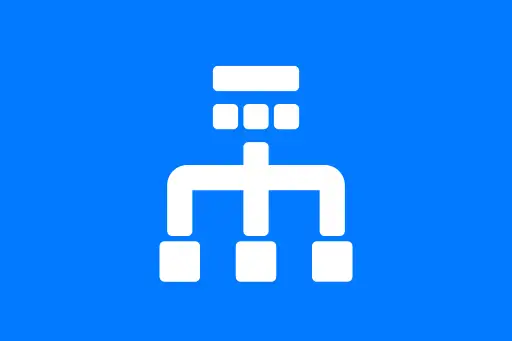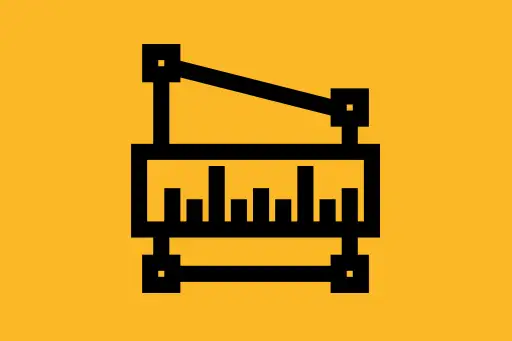Sharding and Partitioning in System Design
Introduction to Sharding and Partitioning
When a system grows large—too many users, too much data, and high traffic—databases often become a bottleneck. To solve this, we split the data into smaller chunks. This is where partitioning and sharding come in. Both aim to divide data across multiple machines or database tables to improve performance and scalability.
What is Partitioning?
Partitioning is the process of dividing a large dataset into smaller parts, called partitions. Each partition holds a subset of the data. Partitioning is typically done within the same database system.
Types of Partitioning
There are several strategies for partitioning data:
1. Horizontal Partitioning
In horizontal partitioning, rows of a table are divided into multiple tables. Each table has the same schema but holds different data.
Example: Consider a table Users with millions of rows. You can horizontally partition it like this:
Users_India: All users from IndiaUsers_US: All users from the USUsers_Others: All remaining users
This makes it faster to query region-specific data and reduces load on any one table.
2. Vertical Partitioning
In vertical partitioning, we split a table by columns. Each partition stores a subset of columns.
Example: For the same Users table:
Users_Basic:UserID,Name,EmailUsers_Profile:UserID,ProfilePic,Bio
It helps in reducing the amount of data read if only some columns are frequently queried.
What is Sharding?
Sharding is a type of horizontal partitioning but done across multiple physical machines or database instances. Each shard is a separate database that stores part of the data.
Key difference: Partitioning can be within the same server; sharding is across multiple servers.
Why Do We Need Sharding?
- To handle large amounts of data beyond a single server’s capacity
- To improve performance by reducing query load on each shard
- To increase availability by distributing data geographically
Example: Sharding a User Database
Let’s say we have a web application with 100 million users. Storing all of them in one database table makes it slow and hard to scale.
We can shard users based on the first letter of their username:
- Shard 1: Usernames A–I
- Shard 2: Usernames J–R
- Shard 3: Usernames S–Z
Each shard is hosted on a separate database server. When a new user signs up, the application checks their username and stores it in the correct shard.
Question: How do we know where to find a user's data?
Answer: This is handled using a shard key. A shard key is a field (like username or user ID) that helps route the request to the correct shard.
Choosing a Good Shard Key
Choosing the right shard key is important. A bad key can cause uneven data distribution, leading to a “hot shard.”
Example:
If we shard based on country, and 90% of users are from India, then the shard for India will be overloaded.
Hash-Based Sharding
One solution is to use a hash function on the user ID or username. This randomly spreads users across shards.
Example:
Let’s say we have 4 shards and use a simple hash function:
shard_number = hash(username) % 4
This distributes users more evenly, regardless of geographic or alphabetical distribution.
Range-Based Sharding
Instead of hashing, we divide data based on ranges.
Example: For transaction IDs:
ID 1 - 1,000,000: Shard 1ID 1,000,001 - 2,000,000: Shard 2
This is simple but may lead to unbalanced shards if one range is accessed more frequently.
Common Questions and Intuition Building
Q: Can one user’s data be stored in multiple shards?
A: No, typically one user’s complete data is stored in one shard to avoid complex joins across shards.
Q: What happens if a shard goes down?
A: That part of the data becomes unavailable unless replication or backups are in place. That’s why redundancy is important in production systems.
Q: Can we re-shard data if the system grows?
A: Yes, but it’s a complex process called resharding. Systems like MongoDB, Cassandra, and DynamoDB provide tools to help with dynamic sharding.
Best Practices
- Choose a shard key that ensures even distribution
- Use consistent hashing to avoid frequent resharding
- Plan for replication to improve fault tolerance
- Monitor shard health and query performance
Conclusion
Sharding and partitioning are essential techniques in system design for handling large-scale data efficiently. While partitioning helps divide data within a database, sharding distributes it across multiple machines for better scalability and performance. By understanding the strategies and trade-offs, you can design systems that scale smoothly as traffic and data grow.
Next Topic ⮕Indexing and Denormalization











Comments
Loading comments...